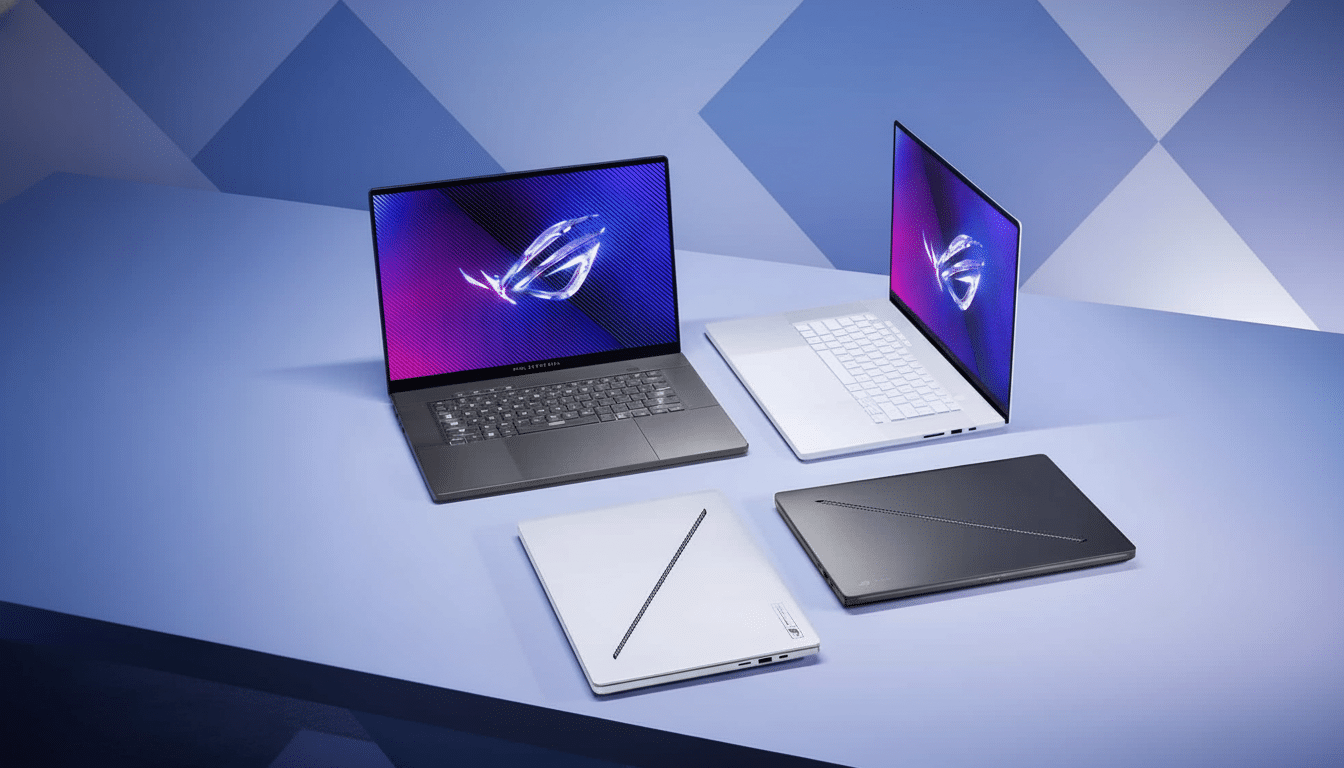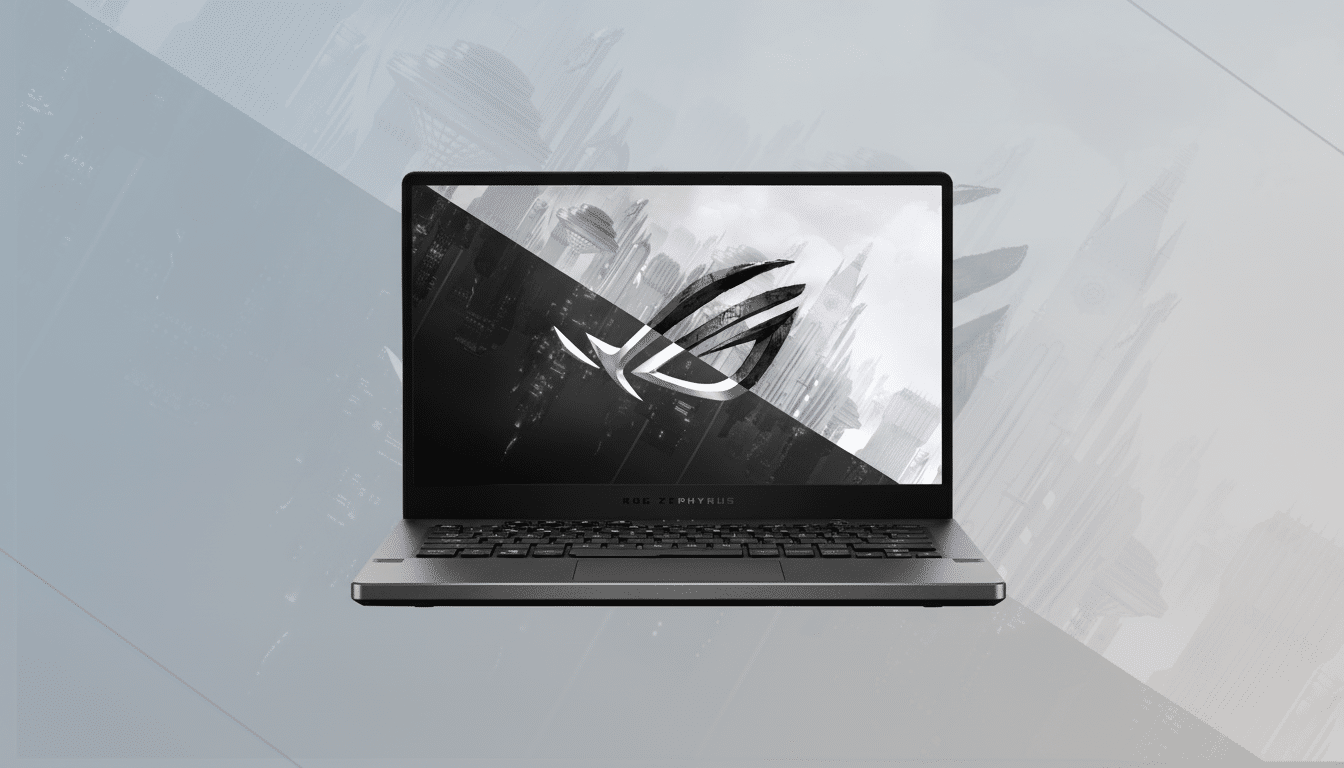For those of you who paused during Amazon’s fall Prime Day, this is your moment. Select top-tier gaming laptops and desktops are still on sale, and stock on those configurations typically disappears quickly after the headline event ends. Price-tracking outfits such as Keepa often show a “post-event tail” on some SKUs — short windows where the deal quietly remains in force — and acting fast can mean the difference between securing a flagship rig and consoling yourself with backorder.
Why You Want to Give These Seven Picks a Look Today
How well does it game? That depends on the GPU tier, cooling design, and — in the case of a laptop or tower — display or power delivery.

The models here are well-established for delivering thermals and stability, and the current Prime Day pricing falls in line with what most gamers need at the moment: consistently smooth 1440p play, over 100fps in whatever popular game you like to play, plus headroom for creator workloads. For perspective, Valve’s Steam Hardware Survey still lists 1080p as the overwhelming resolution champ, though 1440p usage keeps ticking upward — making these mid-to-higher-end builds the ones to beat for the time being.
The 7 Gaming Laptop and Desktop Picks to Consider
Asus ROG Zephyrus G14 (16GB–32GB, 1TB, 120Hz+): The G14 is one of the few portables that serves both gamers and creators. Count on nimble 1440p play, aided by effective cooling and a high-refresh panel; then dial up the lights-out battery life that will leave most competitors in this class gasping. Its premium build and thermals are widely praised by reviewers, so if you see a configuration with a current-gen Nvidia GPU and a 120Hz or higher display still discounted, it’s a quick yes.
Lenovo Legion Pro 5i 16 (Core Ultra/Intel 14th Gen, 240Hz 1600p): The brand’s laptops gained renown for great cooling and clever power tuning. A 240Hz 1440p panel keeps esports titles buttery-smooth; a MUX switch or Advanced Optimus (if present) allows the GPU to drive frames directly for maximum performance. For value, we suggest 32GB of RAM and 1TB of storage.
HP Omen 16 or Omen Transcend 16 (High-refresh QHD): The latest revisions to the Omen lineup bring quieter fans and better chassis airflow, crucial during long sessions. Notable within this lineup are QHD 240Hz panels, and the software suite here offers fan controls and power profiles without bloat. A well-discounted Omen featuring a 70-class Nvidia GPU is a serious contender for competitive play at 1440p.
Alienware m16 Series (High TGP GPUs, Per-key RGB): Alienware mid-size laptops bring the beefy power limit to the GPU that pays off in fps sustained across extended gaming durations. The keyboards are good, and thermal design runs in consistent, longish bursts rather than short-lived ones. If that configuration involves a 1TB SSD and a 240Hz display, with a substantial post-Prime discount, you’re buying the right mix of speed and style.
MSI Aegis R2 Desktop (Breathable Case, Clean Thermals): MSI’s Aegis tower is a solid midrange-to-high-end PC chassis with airflow — usually four case fans and a layout conducive to easy upgrades. Make sure you spring for 32GB of memory and a 2TB SSD if you juggle large installs. This tower will crush today’s most demanding AAA titles in 1440p ultra paired with an Nvidia card of 70 class or better.

Alienware Aurora R16 Desktop (Redesigned Chassis, Quieter Under Load): The Aurora’s chassis redesign was an overhaul to not only improve acoustics and lower temperatures but also make the system more fit for your tinkering needs. 80-class GPU configurations are optimal for high-refresh 1440p and even 4K in certain instances when some settings adjustments are made. If you find good savings on an 80 Plus Gold PSU and a liquid CPU cooling-equipped model, it’s a step up from your average prebuilt.
Acer Predator Orion 5000 (Ample Ports, 2.5G Ethernet): The Orion line is a solid workhorse with good cable management and strong airflow from a mesh front panel. It’s a perfect partner for 1440p gaming and VR, and the connectivity — front USB-C, lots of USB-A, 2.5G LAN — will mean less dongle life and more fluid downloads. A post-event discount on a 70-class GPU is a smart choice for high-end enthusiasts.
How to Confirm It’s a Good Deal Using Price History Tools
Don’t trust list price. Cross-reference the current street price with a price-history tool from services like Keepa or CamelCamelCamel. Generally speaking, a strong set of current-gen hardware available at 15% off is good; 20% or more is excellent. Previous-generation GPUs or used/open-box cards should be discounted more aggressively. Also look at the fine print for single-channel RAM or small SSDs that silently whittle down the total cost: Dual-channel memory and at least 1TB of storage can matter.
Spec Priorities for Quick Decisions on Laptops and Desktops
Laptops: Sort by GPU tier first, then display. For 1440p at high refresh rates, you’re looking for a 70-class Nvidia GPU combined with something between a 165Hz and 240Hz panel — that’s what I consider the modern sweet spot. Target 16GB–32GB of RAM (dual-channel), a 1TB NVMe SSD, and options like a MUX switch or Advanced Optimus. Newer Intel Core Ultra and AMD Ryzen AI parts also feature NPUs to accelerate AI-assisted creation workflows.
Desktops: For 1440p ultra settings now and headroom going forward, aim for a 70-class-or-better GPU, 32GB RAM, a quality 750W–850W PSU, and strong case airflow. An IDC forecast recently observed that replacement cycles are stretching, but premium gaming towers continue to be a beacon — buying once with upgrade paths (in other words, additional PCIe slots, more M.2, and more front USB-C) is the savvier long-term play.
Bottom Line: Act Before the Post-Event Tail Ends
These seven picks strike the right balance of performance, thermals, and build quality, and they’re precisely the kinds of configurations that hang around for a bit after big events. If the discount is genuine, it’s a clean spec sheet, and returns are generous, don’t overthink it — post-Prime tails should be measured in hours, not weeks.

